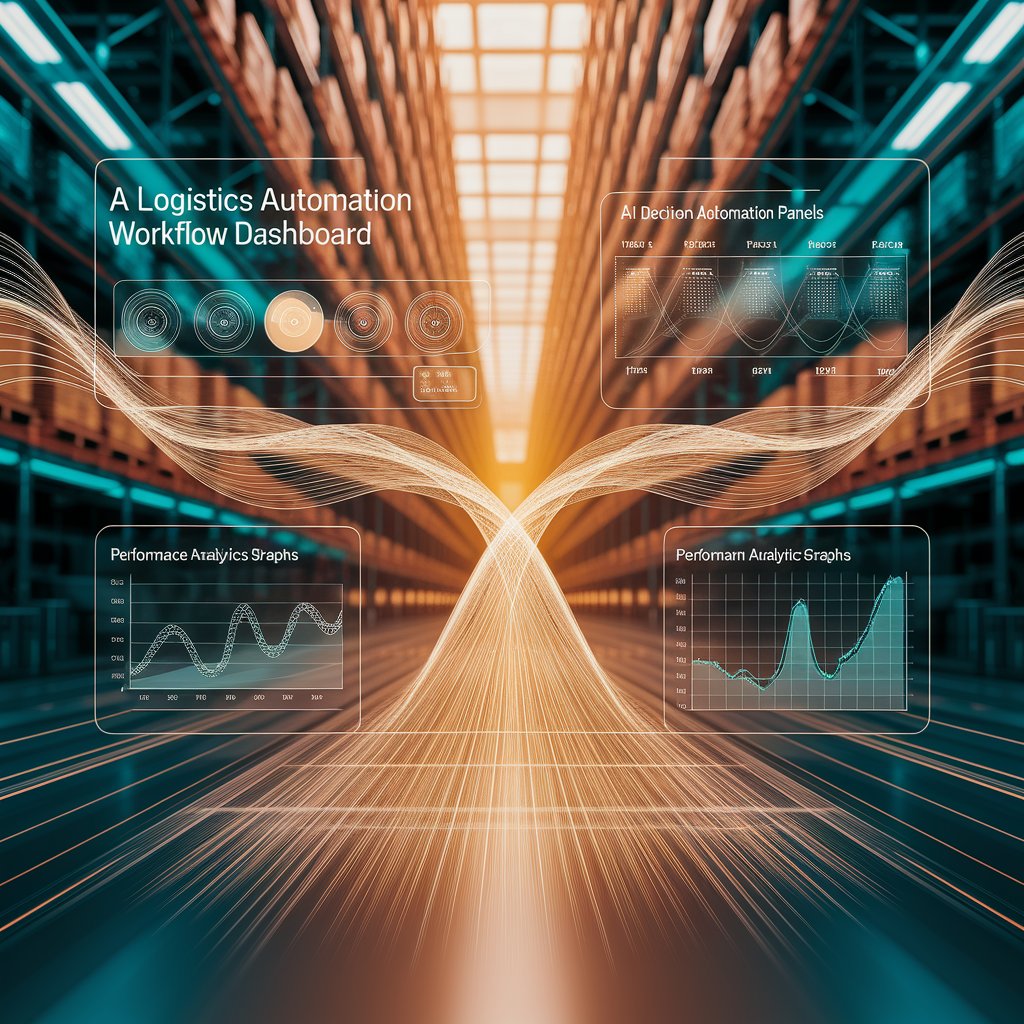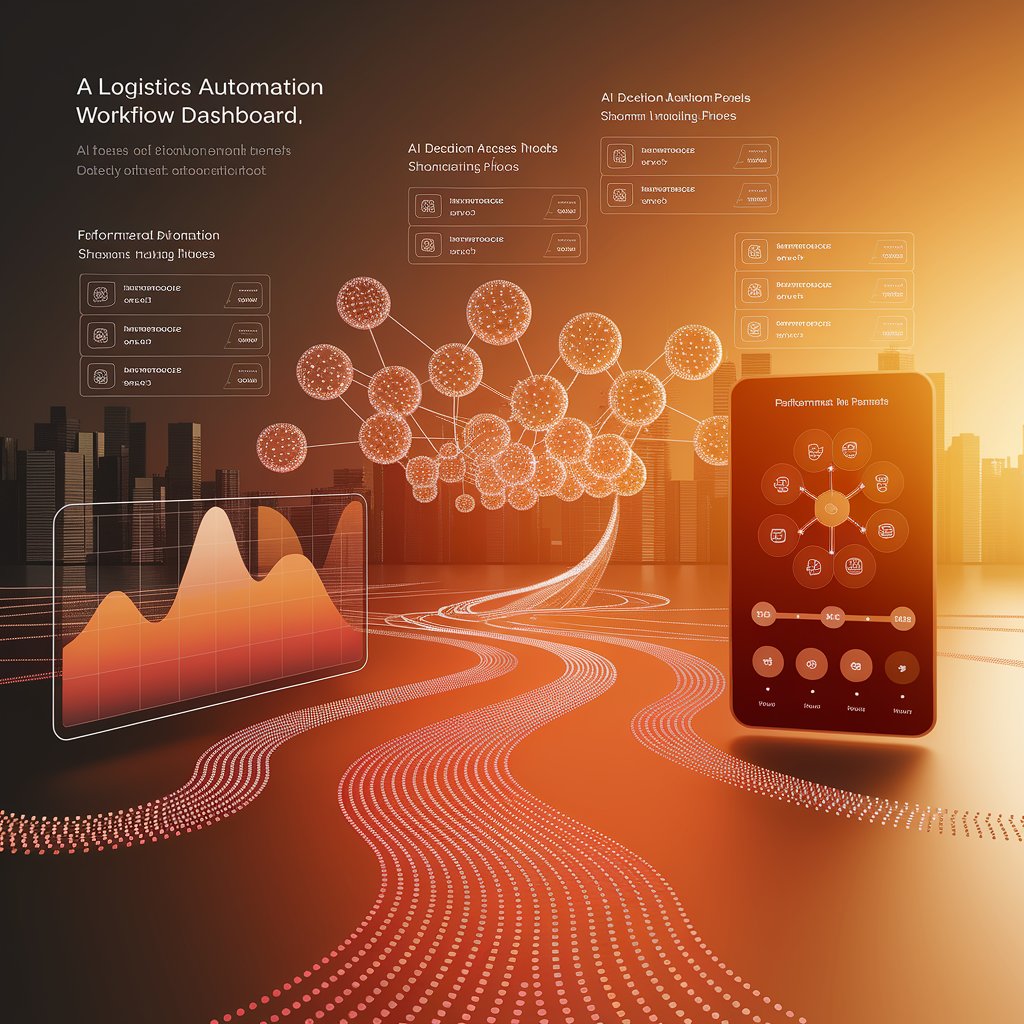Logistics Automation Workflow: Streamlining Operations with Intelligent Process Design

Introduction
That’s where logistics automation workflow from Linbis changes the game.
By combining AI, process orchestration, and real-time integrations, Linbis helps logistics companies automate their end-to-end workflows — creating efficiency that scales with every shipment.
Automation isn’t about replacing people — it’s about amplifying human efficiency through smarter systems.
Step 1: Process Mapping and Standardization
The first step in automation is understanding what to automate.
Linbis helps companies identify key logistics workflows such as:
- Quote-to-booking: Automate data transfer from CRM or email to TMS.
- Shipment creation: Auto-generate B/L, invoices, and manifests.
- Track & trace: Update shipment milestones in real time.
- Billing and reconciliation: Match invoices with transport records automatically.
By mapping every process, Linbis sets the foundation for full digital transformation.
Step 2: Workflow Design and Automation Logic
Once processes are mapped, Linbis builds intelligent workflows using drag-and-drop automation tools:
- Define triggers (e.g., new booking, shipment delivered, invoice uploaded).
- Configure conditions (e.g., shipment value > $5,000 triggers approval).
- Assign automated actions (send email, generate document, notify carrier).
- Integrate with CRM, ERP, or WMS for seamless data synchronization.
Every task that once required manual input can now be executed by the system — automatically, in seconds.
Step 3: AI Integration for Smart Decision-Making
Linbis takes automation further by embedding AI decision engines into workflows:
- Suggests optimal carriers based on historical performance.
- Predicts potential delays and adjusts dispatch schedules.
- Detects billing anomalies before invoices are approved.
- Recommends inventory restocking based on shipment frequency.
This transforms automation from rule-based to intelligent, self-adapting workflows.

Step 4: Multi-System Connectivity
Linbis connects every system used in logistics operations through secure APIs and native integrations:
- ERP & CRM: Synchronize customers, quotes, and invoices.
- TMS & WMS: Automate shipment updates and inventory flow.
- Accounting tools: Process financial transactions automatically.
- Carrier & partner portals: Share documents and status updates instantly.
This ensures that information flows smoothly across all departments — no more double entry or disconnected systems.
Step 5: Real-Time Monitoring and Analytics
Every automated workflow is fully trackable in the Linbis dashboard:
- Monitor workflow performance in real time.
- Identify bottlenecks or delays instantly.
- Measure automation ROI through time and cost savings.
- Generate analytics reports by process, client, or department.
With visibility and data-driven insights, logistics teams can continuously improve automation performance.
Step 6: Continuous Optimization and Scaling
Automation isn’t a one-time setup — it’s a living system.
Linbis enables companies to:
- Adjust workflows dynamically based on performance.
- Add new triggers or integrations as operations grow.
- Leverage AI to optimize execution speed and resource allocation.
- Scale automation across new branches, regions, or service lines.
The more workflows Linbis automates, the more value the system delivers — exponentially.

Advanced Features
- AI-powered workflow engine.
- Drag-and-drop process builder.
- Cross-platform integrations (ERP, TMS, CRM, WMS).
- Automated document generation and validation.
- Real-time analytics and KPI dashboards.
Real-World Example 🚛
A logistics provider in Miami implemented Linbis logistics automation workflows for quoting, shipment creation, and billing.
After 90 days:
- Processing time dropped by 70%.
- Manual errors reduced by 95%.
- Team productivity increased by 2.5x.
Their entire logistics operation now runs through automated, interconnected workflows that save hours daily.

Benefits 📈
- Efficiency: Reduce manual work across departments.
- Accuracy: Eliminate data-entry and documentation errors.
- Visibility: Monitor workflows and KPIs in real time.
- Scalability: Expand automation as business grows.
- Integration: Connect every logistics system seamlessly.
Conclusion
With logistics automation workflow, Linbis empowers companies to digitize operations from end to end.
By combining automation, AI, and real-time data, businesses achieve greater accuracy, faster execution, and complete control — turning every shipment into a seamless digital process.
The future of logistics isn’t just automated — it’s intelligently orchestrated.
